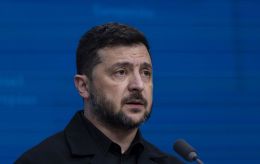Why Russian drones reach Lviv and what purpose of attacks
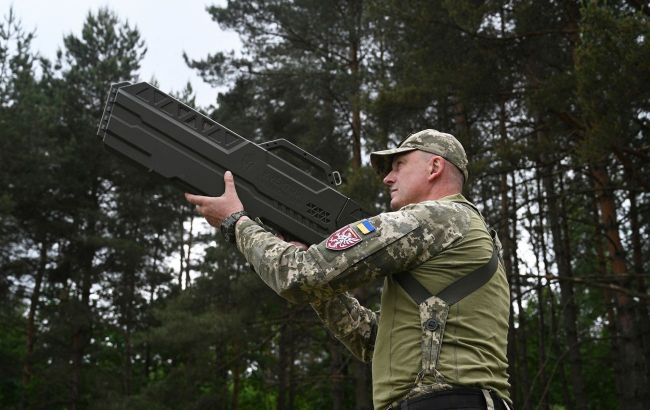 Photo: Russian Federation attacked Lviv and the region last night, Ukrainian air defense system shot down enemy targets (Getty Images)
Photo: Russian Federation attacked Lviv and the region last night, Ukrainian air defense system shot down enemy targets (Getty Images)
That night, the Lviv region came under Russian Shaheds attack by the Shahed. 5 kamikaze drones managed to reach the region and were destroyed. However, the falling wreckage has had consequences in the village of Malekhiv and Lviv itself. Russia may be using this method to restrain Ukraine.
What does it mean that the Shaheds are launching the Lviv region and what is the goal of the Russian Federation read in the RBC-Ukraine article.
Contents
- Consequences of Russian attack on Lviv and Malekhiv
- How Russian drones reach Lviv region
- Russia's goals and tactics
Consequences of Russian attack on Lviv and Malekhiv
The air alert in the Lviv region was announced at around 2:37 a.m. due to the threat of Russian attack drones. Later, local authorities warned that the Shaheds were already in the region's airspace.
In total, the alert was announced twice during the night. The first alert lasted from 2:32 a.m. to 3:35 a.m. when 4 Russian drones entered the airspace of the region. During the second alert, which lasted from 4:27 a.m. to 5:24 a.m., another Shahed tried to attack the region, which was also destroyed. But it was not without consequences. For example, explosions were heard in the village of Malekhiv (a suburb of Lviv), where a multi-story residential building was damaged by falling debris, and dozens of windows were smashed. In addition, an office building was damaged, and windows in 5 buildings in the private sector were smashed. The mayor of Lviv, Andrii Sadovyi, showed the photos of the aftermath.
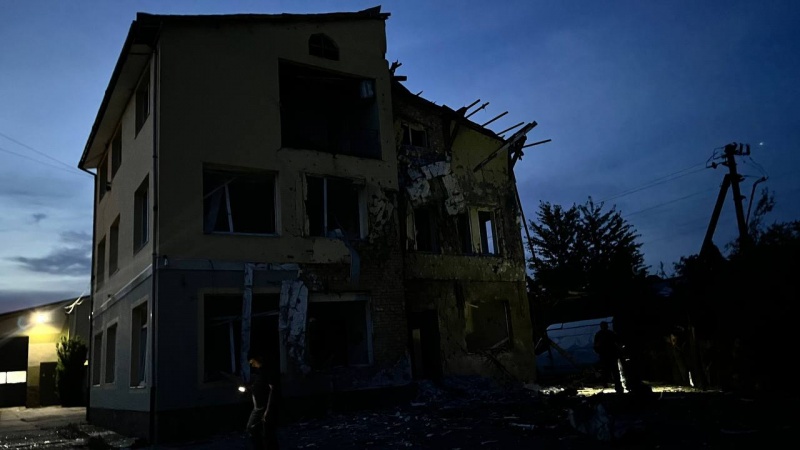
Photo: Destruction in the village of Malekhiv, Lviv region, due to a Russian night attack (t.me/andriysadovyi)
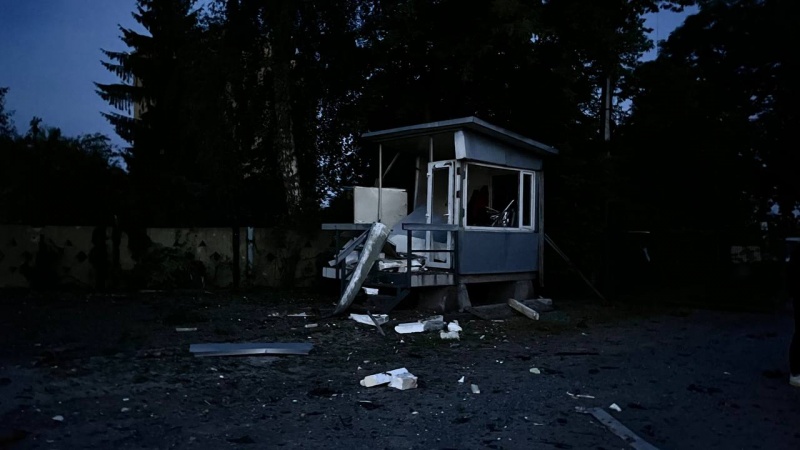
Photo: Destruction in the village of Malekhiv, Lviv region, due to a Russian night attack (t.me/andriysadovyi)
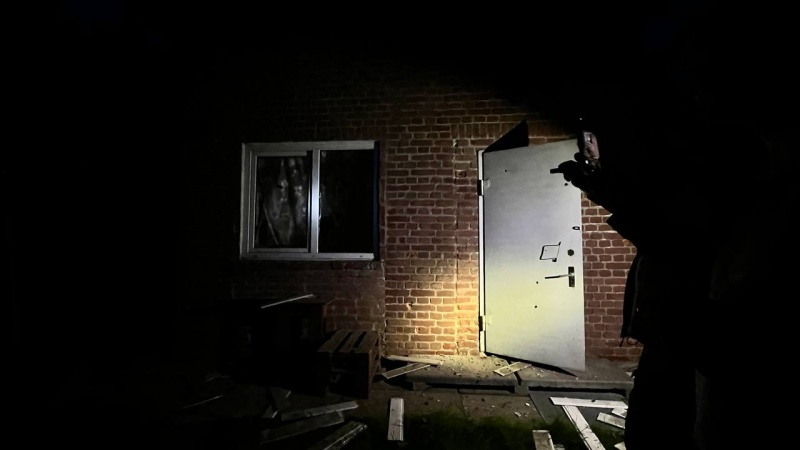
Photo: Destruction in the village of Malekhiv, Lviv region, due to a Russian night attack (t.me/andriysadovyi)
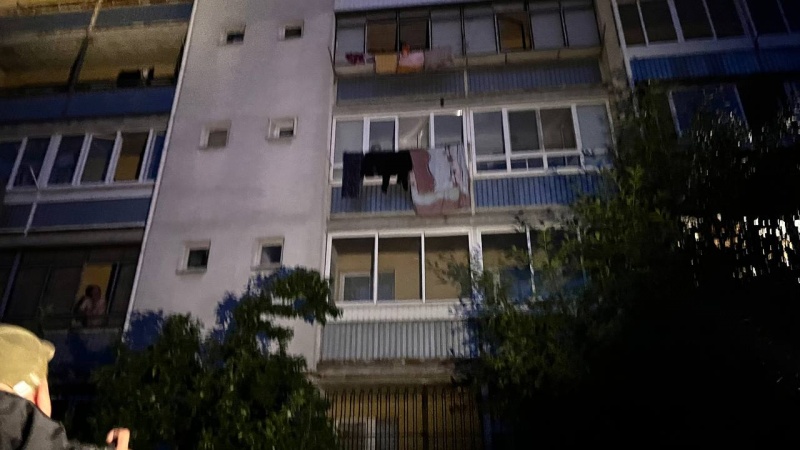
Photo: Destruction in the village of Malekhiv, Lviv region, due to a Russian night attack (t.me/andriysadovyi)
There are two victims in Malekhiv: the first is a 70-year-old office security guard. He was hospitalized. He has an acubarotrauma, multiple shrapnel wounds, and several gunshot fractures. His condition is moderate. The second victim is a 47-year-old man. He sustained cut wounds. Medics provided him with first aid on the spot. He did not need to be hospitalized.
In addition, another destruction was later recorded as a result of the Russian night attack. As it became known, the building of the State Research and Control Institute of Veterinary Medicines and Feed Additives in Lviv was damaged by the debris. The roof, walls, and ceilings of the 2nd floor were destroyed over an area of approximately 800 square meters.
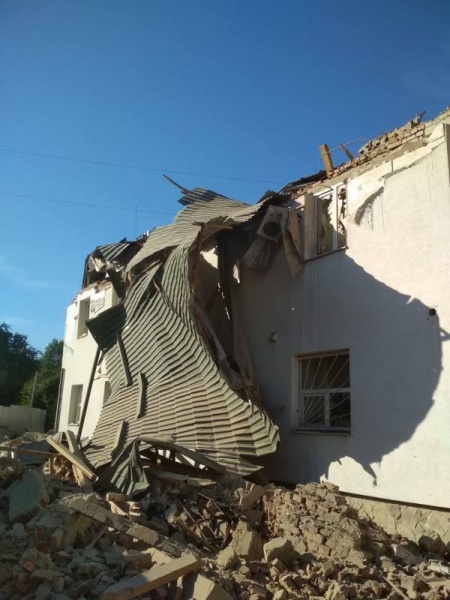
Photo: Russians destroyed the Research Institute in Lviv (t.me/andriysadovyi)
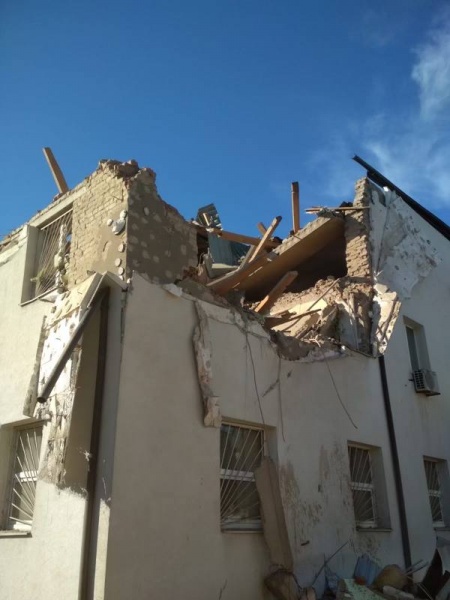
Photo: Russians destroyed the Research Institute in Lviv (t.me/andriysadovyi)
How Russian drones reach Lviv region
This is not the first time the Russian occupiers have attacked the Lviv region, but the location of the region raises the question of why the Shaheds reached the region and whether it could have been prevented. RBC-Ukraine asked military expert Pavlo Narozhnyy about this. He explains that Ukraine currently does not have enough air defense systems to cover its entire territory.
"What can shoot down the Shahed? It can be shot down by expensive systems like Patriot, IRIS-T, or Soviet S-300 systems, etc. But it is very expensive. At the same time, most drones are shot down by man-portable air defense systems, such as Stinger, Igla, and so on, as well as machine guns mounted on jeeps. They are also shot down with Gepard anti-aircraft guns, small arms, etc. But it is unrealistic to cover the entire territory of Ukraine with such means," explains Narozhnyy.
He notes that mobile fire groups move along the routes they believe drones may be flying. But the Russians, in turn, are constantly changing these routes.
"The Russian occupiers use riverbeds where a jeep cannot get in, except on a bridge. They also use areas where they have noticed the absence of air defense or where agents can pass information to them. So, taking all this into account, they are looking for ways for drones to move. In addition, because of the range of these drones, from a technical point of view, the entire territory of Ukraine is under the threat of such strikes. Because the Russians are launching Shaheds from Crimea and other directions," notes Narozhnyy.
Russia's goals and tactics
The expert also emphasizes that drones are attacking not only the Lviv region, not only western Ukraine but the whole country. Each attack has its own goal.
"For example, the Russians take a single object, let's say, a power plant, and launch drones there, hoping to break through the defense. That is, hoping that, for example, there will not be enough ammunition in the machine gun, etc. In addition, they make relatively small attacks of 5-10 drones. These are just deterrent actions. That is, they shoot to prevent the same mobile fire groups from moving to another area. They need to be constantly busy," explains Narozhnyy.
If we take the Lviv region separately, Russia can hit various facilities in the region. These include generation facilities and electricity transportation systems, and it cannot be said that these are only gas storage facilities, the source emphasizes.
"For example, these same gas storage facilities are covered by some kind of air defense systems. They hit it (the gas storage facility - ed.) and the next day they hit some power generation unit. We, on the other hand, cannot remove air defense systems from the gas storage facility and move them to some part of the frontline," says Narozhnyy.
The expert summarizes that we are talking about the same constraining actions. When the Russians make sure that all Ukrainian air defense systems are in place and cannot be moved to another area, where the occupiers, in turn, make a surge.
Last night, Russian troops launched 21 Shahed-type kamikaze drones into Ukraine. Ukrainian Air Force destroyed 19 of them. In addition to the Lviv region, air defense systems were operating in 5 other regions. Read more in an RBC-Ukraine's report.
RBC-Ukraine recently analyzed the reasons for the Russian Federation's activity and why it often attacks Starokostiantyniv.
Source: Air Force of the Armed Forces of Ukraine, Lviv Mayor Andrii Sadovyi, Head of Lviv Regional Military Administration Maksym Kozytskyi, military expert Pavlo Narozhnyy.
